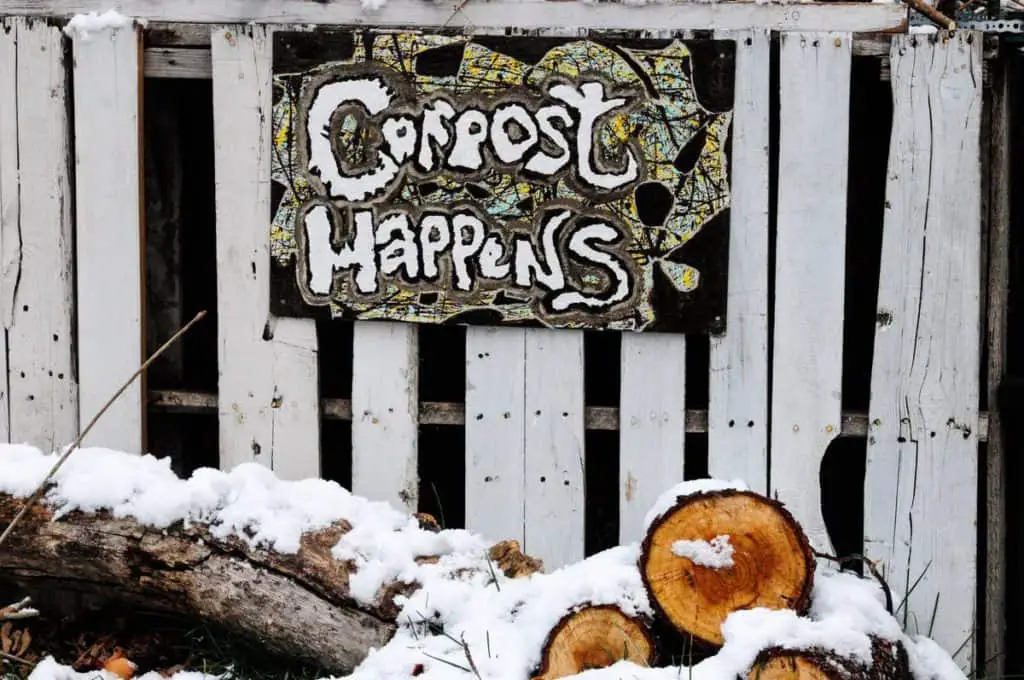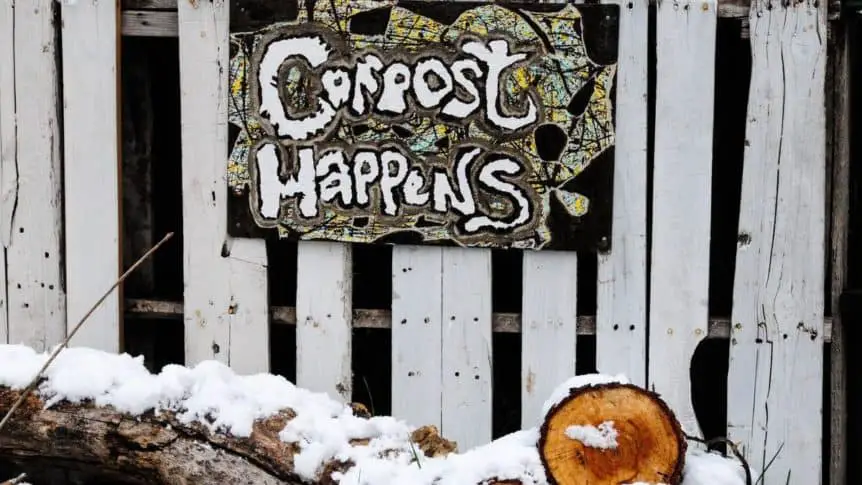
Coffee’s a daily ritual for millions, but it leaves a big mark on the planet. From deforestation to 50 billion disposable cups used yearly, the industry’s footprint is heavy. Good news? You can make a difference with small changes.
This post lists 13 easy ways to brew eco-friendlier coffee, backed by research. Whether you’re at home, work, or a café, these tips cut waste, save resources, and support sustainable farming. Let’s get started.
Coffee’s Environmental Toll
Coffee’s grown in over 70 countries, fueling 12.5 million farms and 125 million livelihoods. But it’s tough on the environment. Farming uses 140 liters of water per cup, drives 80% of tropical deforestation, and emits 4.54 kg CO₂ per kg of coffee. Processing pollutes rivers, and roasting adds emissions.
Consumption—think cups and pods—piles on waste, with 16 billion cups in the U.S. alone. Climate change hits back, shrinking coffee land by 50% by 2050, per IPCC reports. Your choices can lighten this load. The chart below breaks down coffee’s footprint by supply chain stage.
13 Eco-Friendly Coffee Tips
Here’s a table summarizing the 13 tips and their impact areas:
| Tip | Impact Area | Benefit |
|---|---|---|
| Avoid Single-Serve Pods | Waste Reduction | Cuts 11 billion pods/year globally |
| Use Reusable Filters | Waste Reduction | Saves ~500 paper filters/year per person |
| Bring Your Own Mug | Waste Reduction | Avoids ~500 cups/year per person |
| Brew Manually | Resource Efficiency | Reduces coffee waste by 20% |
| Support Local Roasters | Carbon Footprint | Lowers transport emissions |
| Choose Certifications | Farming Practices | Supports eco-friendly farms |
| Use Office Mugs | Waste Reduction | Cuts office cup waste by 50% |
| Compost Grounds | Waste Recycling | Diverts 0.5 kg waste/week per household |
| Buy in Bulk | Packaging Reduction | Reduces packaging by 30% |
| Skip Coffee Sleeves | Waste Reduction | Saves ~200 sleeves/year per person |
| Brew at Home | Carbon Footprint | Cuts café-related emissions |
| Avoid Drip Machines | Resource Efficiency | Saves 10–20% coffee waste |
| Clean Green | Pollution Reduction | Reduces chemical runoff |
1. Avoid Single-Serve Pods
Ditch Keurig or Nespresso pods. They’re plastic or aluminum, often non-recyclable, adding 11 billion to landfills yearly. John Sylvan, K-Cup’s inventor, said, “I feel bad sometimes that I ever did it.” Switch to bulk beans and a French Press. If you love pods, pick compostable ones certified by BPI, available from brands like Taylors of Harrogate.
2. Use Reusable Filters
Paper filters for Aeropress or drip makers create waste—~500 per person yearly. Many are unbleached or oxygen-bleached now, but metal filters are better. A stainless steel filter for Aeropress or Chemex lasts years, cutting landfill waste and chemical runoff from bleached filters. Rinse and reuse; it’s that simple.
3. Bring Your Own Mug
Disposable cups hit hard—50 billion globally, 16 billion in the U.S., per recent data. Plastic-lined and lidded, they’re tough to recycle. A reusable mug saves ~500 cups a year. Many cafés, like Costa, offer 10–25¢ discounts for BYO mugs. Keep one in your bag or car for coffee runs. Glass or stainless-steel works best.
4. Brew Manually
Manual brewing—French Press, Aeropress, pour-over—saves coffee and energy. You measure exactly what you need, cutting waste by 20% compared to drip machines. Immersion brewers like French Press skip filters, shrinking your footprint. Grind fresh beans for max flavor and eco-points. It’s hands-on but worth it.
5. Support Local Roasters
Buying from local roasters cuts transport emissions—coffee’s global shipping emits 0.5 kg CO₂ per kg. Look for roasters sourcing sustainable beans. Ask if they prioritize organic, Fair Trade, Rainforest Alliance, or Bird Friendly certifications. These ensure eco-friendly farming and fair farmer pay. This year, 43% of U.S. coffee buyers seek ethical options, per Mintel.
6. Choose Certifications
Organic coffee skips pesticides, protecting soil and water. Fair Trade guarantees farmers a living wage, encouraging sustainable practices. Rainforest Alliance promotes shade-grown coffee, sequestering 10–20 tons CO₂/hectare yearly. Bird Friendly requires organic and shade-grown, boosting biodiversity. Check labels—certified beans reduce farming’s 80% deforestation share. Support brands like Nespresso’s AAA program for traceable sustainability.
7. Use Office Mugs
Office coffee setups churn through disposable cups—50% of workplace waste, per EPA data. Keep a ceramic or steel mug at work. If there’s a kettle, bring a French Press and brew your own. Skip Keurigs or drip makers for reasons above. This cuts cup waste and saves your office budget.
8. Compost Coffee Grounds
Coffee grounds are gold for compost—0.5 kg/week per household adds nutrients to gardens. Sprinkle them in raised beds to boost veggies or repel snails (it’s safe for pets). Recently, 30% of U.S. cafés compost grounds, per SCA reports. No garden? Check local compost programs or use grounds as a natural scrub.
9. Buy in Bulk
Bulk buying reduces packaging—30% less waste than small bags, per the EPA. A 5-lb bag lasts longer, though coffee’s freshest within two weeks. Store beans in an airtight container to stretch flavor. If bulk’s too much, split with friends. This balances eco-gains with taste, unlike single-serve pods.
10. Skip Coffee Sleeves
Coffee sleeves—cardboard or foam—add ~200 to waste yearly per person. If you forget your mug, use a reusable silicone sleeve (cheap on Amazon). Keep a few in your car. This small swap keeps sleeves out of landfills, where 40% of café waste ends up, per Waste Management Journal.
11. Brew at Home
Home brewing cuts café-related emissions—transport, cups, energy. A recent study found cafés emit 0.2 kg CO₂ per cup vs. 0.05 kg at home. Use manual methods for max efficiency. Batch-brew for the week with cold brew, storing it in a glass jar. It’s cheaper and greener.
12. Avoid Drip Coffee Machines
Drip machines waste 10–20% of coffee—hard to brew exact amounts. They often use paper filters, adding landfill bulk. Older models guzzle energy, emitting 0.1 kg CO₂ per brew, per Carbon Trust data. Switch to a French Press or pour-over for precision and lower waste.
13. Clean Green
Cleaning mugs or brewers with harsh detergents like Dawn pollutes water. Use eco-friendly soaps—Seventh Generation, J.R. Watkins—or Ecover dishwasher tablets. These biodegrade, cutting chemical runoff. This year, 25% of U.S. households use green cleaners, per Nielsen. A vinegar rinse works for descaling brewers, no chemicals needed.
Final Thoughts
Coffee’s environmental impact is big, but your choices matter. From ditching pods to composting grounds, these 13 tips cut waste, save resources, and support farmers. This year, 43% of coffee buyers prioritize sustainability—join them. Brew at home, pick certified beans, and clean green. Your daily cup can taste great and do good.

